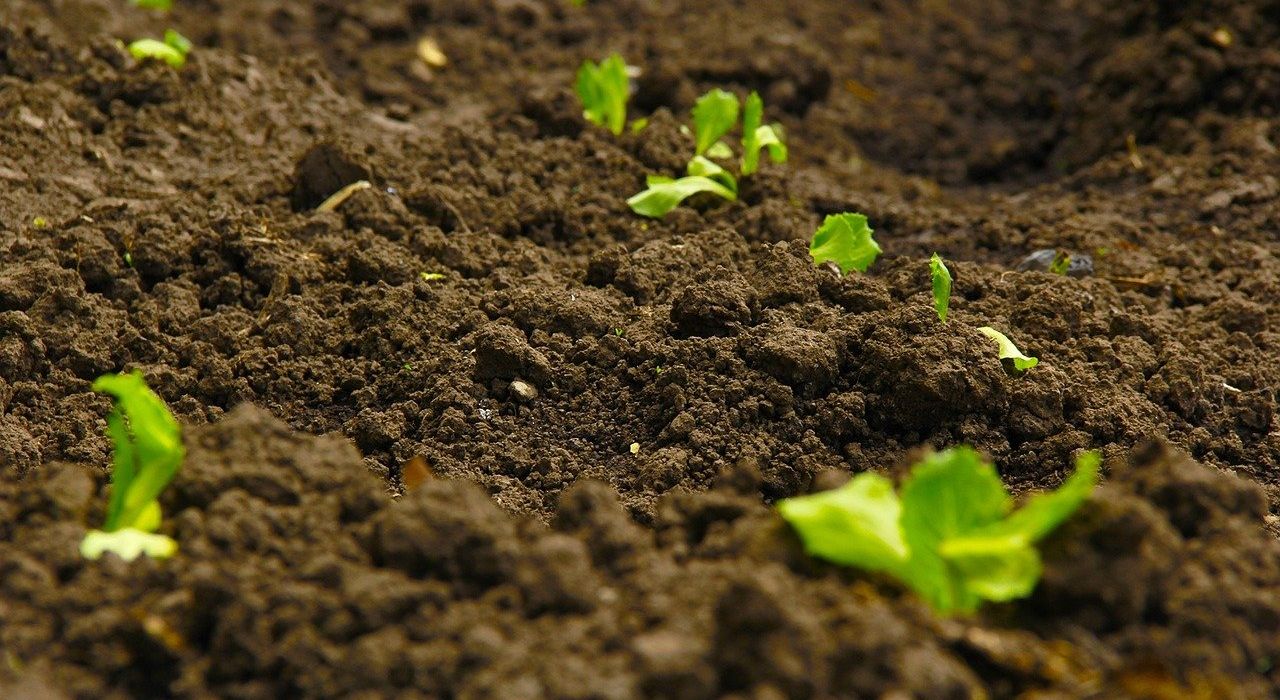
Section 101 broadly recognizes patent eligibility for “any new and useful process, machine, manufacture, or composition of matter.” However, the U.S. Supreme Court has identified exceptions to patent eligibility, including laws of nature, natural phenomena, and abstract ideas.
The Supreme Court has articulated a two-step framework for evaluating patent eligibility, based on the Alice (573 U.S. 208) and Mayo (566 U.S. 66) cases. Step 1 asks whether the claim relates to at least one of the statutory categories (process, machine, manufacture, or composition of matter). If the answer is yes, then step 2A asks whether the claim is directed to a judicial exception (law of nature, natural phenomenon, or abstract idea). If the claim is directed to a judicial exception, then step 2B asks whether the claim recites additional elements that amount to significantly more than the judicial exception.
The judicial exception of natural phenomena includes products of nature. For claims relating to products of nature, a key issue is whether the claimed product has markedly different characteristics from the naturally occurring product. If so, then the claimed product is patent eligible. If not, then the claimed product is not patent eligible.
This issue is illustrated in the recent Patent Trial and Appeal Board (“Board”) case of Ex parte Asolkar.
Independent claim 3 recited:
A composition comprising:
(a) a whole cell broth collected from Flavobacterium sp. H492 (NRRL Accession No. B-50584) agitated fermentation, and
(b) a carrier, diluent, surfactant or adjuvant;
wherein said composition has pesticidal or plant growth modulating activity.
The examiner rejected claim 3 under section 101. Since this claim related to a composition of matter, it satisfied step 1 of the Alice/Mayo framework. At step 2A, however, the examiner took the position that claim 3 was “directed to a natural product (i.e., a law of nature/a natural phenomenon).” At step 2B, the examiner took the position that the claim did “not include additional elements that are sufficient to amount to significantly more than the judicial exception.”
In particular, the examiner found that the claimed composition was “not markedly different from its naturally-occurring counterpart because there is no indication that the extract composition has any characteristics or properties that are different from the naturally-occurring counterpart.”
The applicant explained that the whole cell broth in claim 3 was produced by agitated fermentation. The applicant explained that this agitated fermentation led to the claimed property of “pesticidal or plant growth modulating activity,” and that this property was not exhibited under natural conditions.
To support this position, the applicant submitted a Rule 132 declaration. The declaration included data showing a difference in pesticidal properties depending on the culturing conditions of Flavobacterium. In particular, the data showed that bacteria grown under agitated fermentation conditions exhibited pesticidal activity, whereas bacteria grown under non-agitated fermentation conditions did not exhibit such activity. Based on this, the applicant argued that the claimed composition exhibited markedly different characteristics from the bacteria found in nature.
The Board agreed with the applicant. The Board found that the applicant “demonstrate[d] that the claimed composition exhibits phenotypic differences compared to what would be exhibited by a similar, natural composition, which are due to processing by agitated fermentation, as claimed.” The Board concluded that “the claimed composition possesses markedly different characteristics from any found in nature, in the form of phenotypic differences that have come about by the effort of the inventors, not independently as a natural phenomenon.” Accordingly, the Board reversed the rejection under section 101.
Takeaway: If an examiner takes the position that a claimed product does not have markedly different characteristics from a product of nature, and rejects the claim under section 101, it is critical for the applicant to provide evidence that the claimed product does have markedly different characteristics. Such evidence can be in the form of a technical explanation, preferably supported by experimental data.
Judges: Schneider, Flax, Townsend
by Matthew Barnet
Matthew E. Barnet, Ph.D., is a patent attorney and partner at Element IP. His practice focuses on patent procurement and client counseling, including expertise in validity and infringement opinions.
